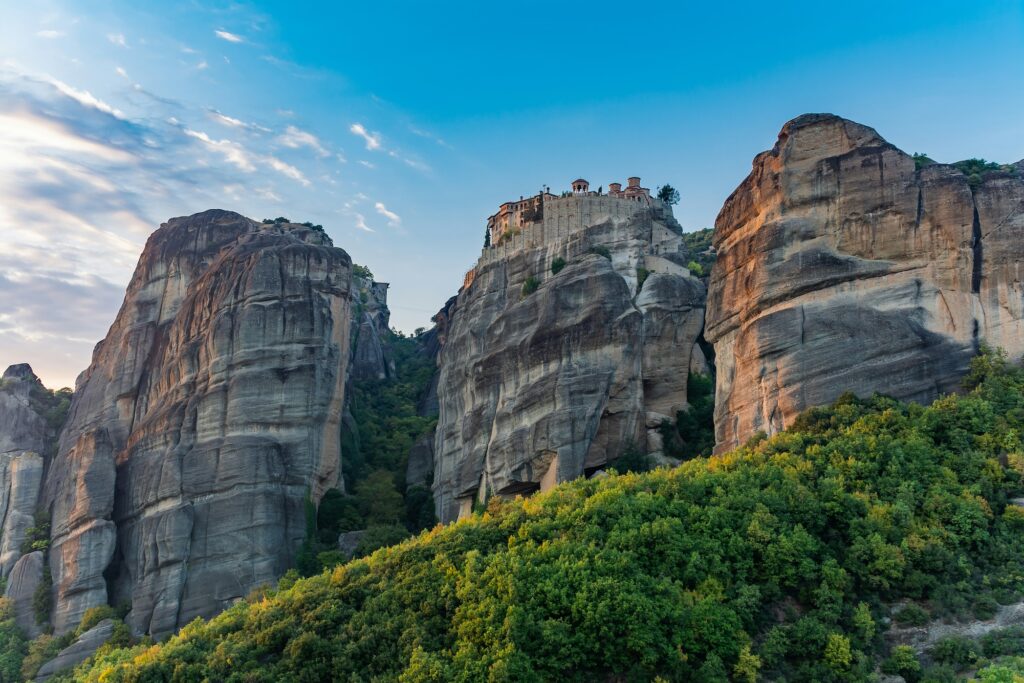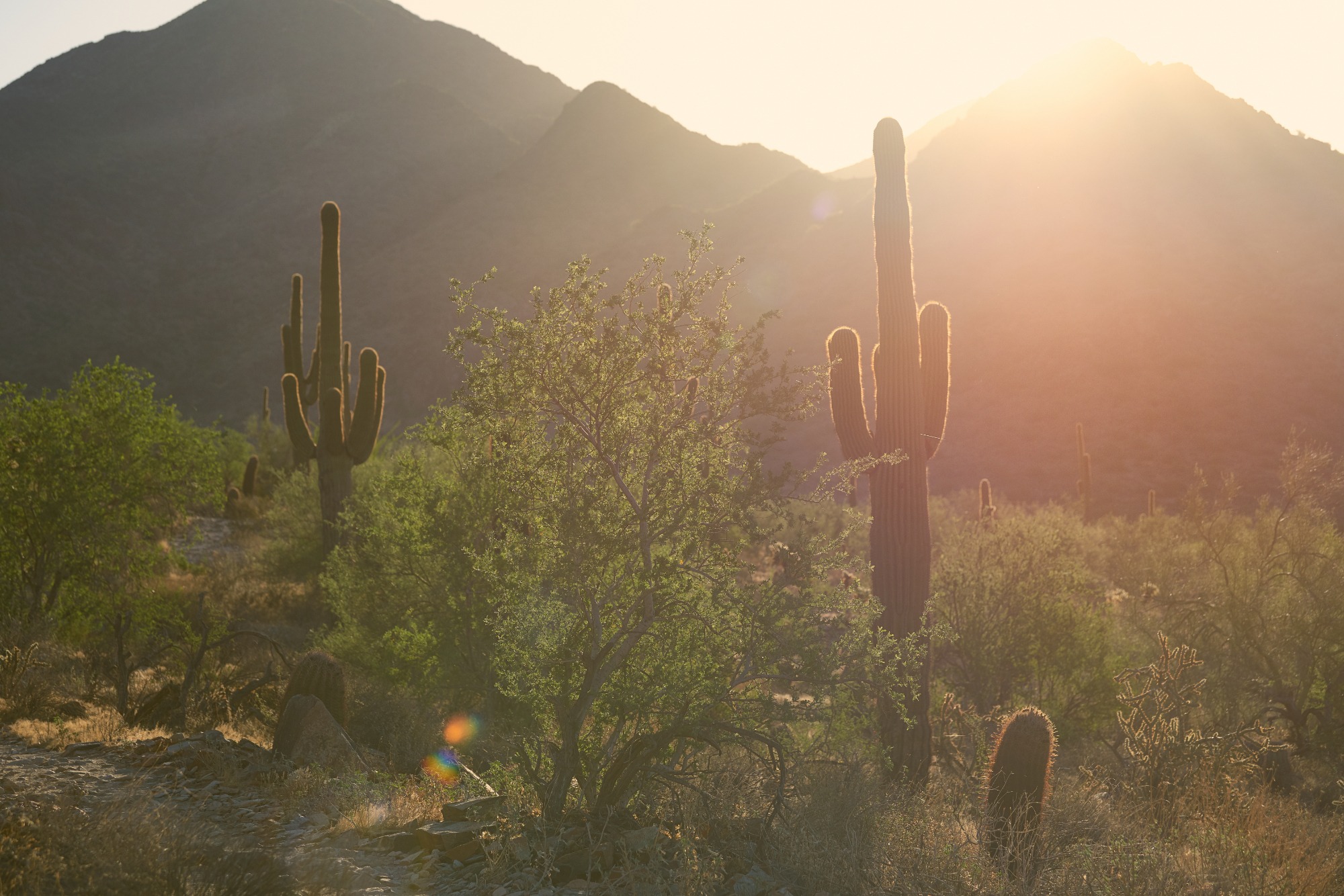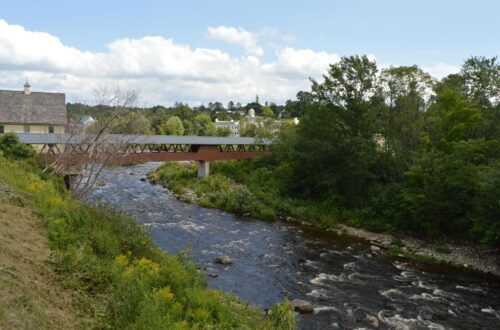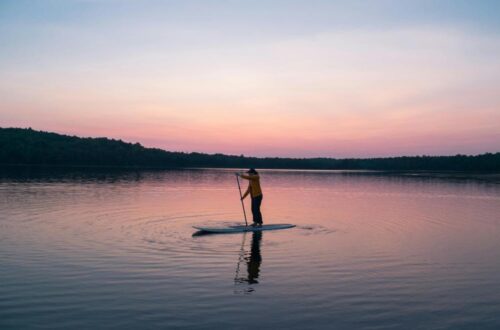
A Guide to Exploring the Ancient Monasteries of Meteora, Greece
Visiting some of the most spectacular places on Earth can make it seem like you’re not on Earth at all. Whether they’re shaped by seemingly otherworldly geology or showcase near-impossible architectural feats, some spots have to be seen up close to be believed. One such place is Meteora in Greece.
Arguably one of the country’s worst kept secrets, you’ll no doubt already have been introduced to this Greek gem on travel sites and Instagram feeds. However, seeing this serene setting through your phone screen simply doesn’t do it justice. If the ancient monasteries of Meteora are already on your radar, or you’re looking for your next destination to add to your travel bucket list, here are three things visitors should keep in mind.
Getting There and Where to Stay
Meteora is located in the northwest of the country, surrounded largely by peaceful Grecian countryside. To get there, visitors have three main options: join an organized tour that offers transport, hire a vehicle and make their own way to the region, or access it via train. By road or by rail, you will need to account for at least a four-hour journey from Athens – this makes it difficult to do a round trip in just one day.
Instead, it’s worth exploring the local accommodation options to give you more time to truly soak up the serenity of the area: Meteora wasn’t made to be seen in a hurry. Situated at the foot of the rock formations, the town of Kalambaka will generally be your best bet when looking for somewhere to stay. Cast your net a bit wider and you’ll come across the city of Trikala which also has plenty of hotel options and is just a 30-minute drive from the main attractions.
What to see
Knowing what you can expect to find once you arrive can help you make the most of your stay here. Of the 24 monasteries that were originally constructed on the site, only six remain active and open to the public today. These include the Monastery of Great Meteoron – the oldest and largest in the region – and the Monastery of Holy Trinity, which is slightly harder to access but offers some of the most spectacular panoramic views.
To access all but one of the monasteries (Agios Stefanos), you’ll need to climb a set of stairs that lead up to the buildings; this can be a strenuous task even for active travelers. For this reason, visitors are generally discouraged from trying to see inside them all in a single day – especially in the blazing Grecian sun. It’s best to check a map of the local area to find the locations of each, and plan your days accordingly.
The monasteries are, of course, the stars of the show, but there is plenty more to love about Meteora and the surrounding communities. The region also has a long tradition of wine production and there are acres of vineyards to explore. Or, if you haven’t yet had your fill of culture, head to the museums in Kalambaka where you can learn all about local wildlife and the region’s storied past.
Respect local customs and traditions
As responsible travelers, we all have a part to play in looking after the places we go, while also ensuring we pay due respect to the locals and their customs. At Meteora, it’s important to remember that the six monasteries aren’t just historic relics – they’re still active places of worship used by religious figures to this day.
When it comes to the dress code, both men and women are asked to cover their shoulders and knees, or run the risk of being denied access. Keep noise to a minimum inside the monasteries, and follow local rules about camera use. Some areas will allow for photography with no flash, while others prohibit it altogether – heed the visitor information signs and follow directions from local guides. And as always, be respectful of other cultures. You’re a guest in their home after all!







